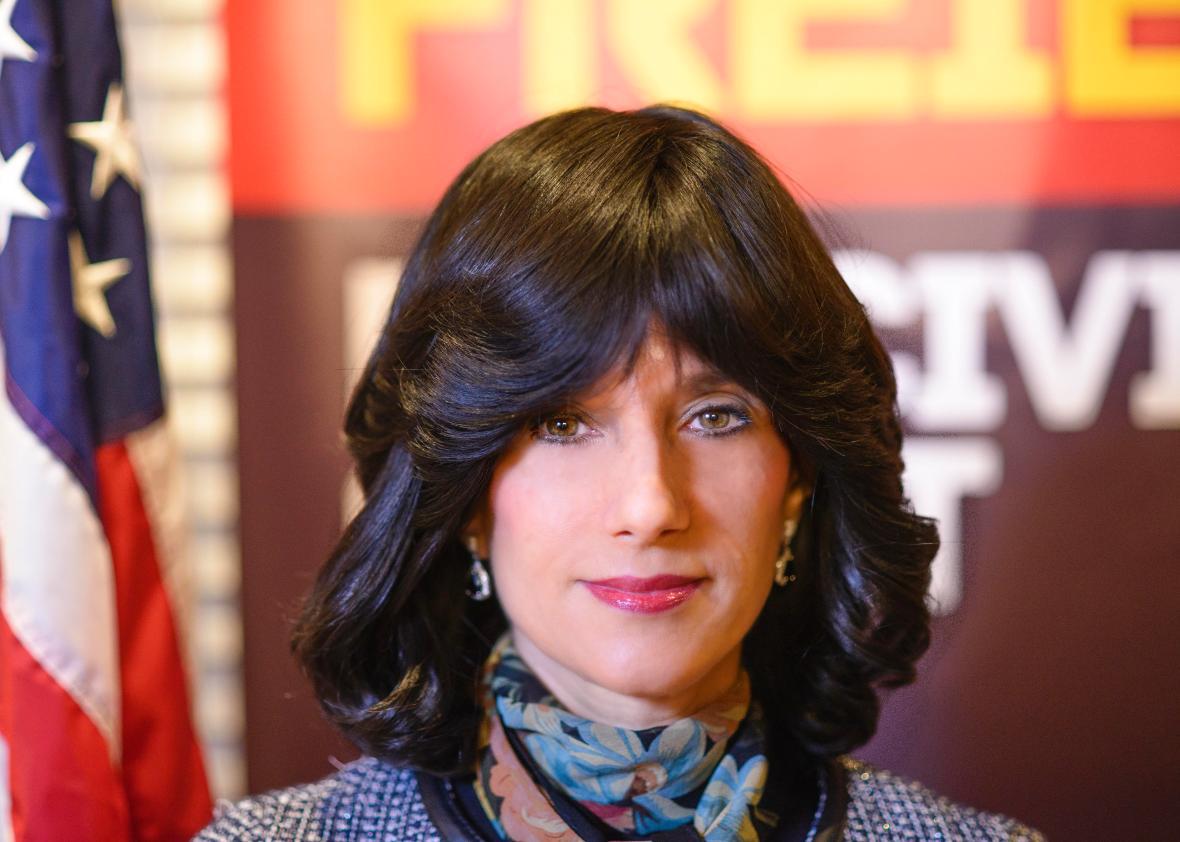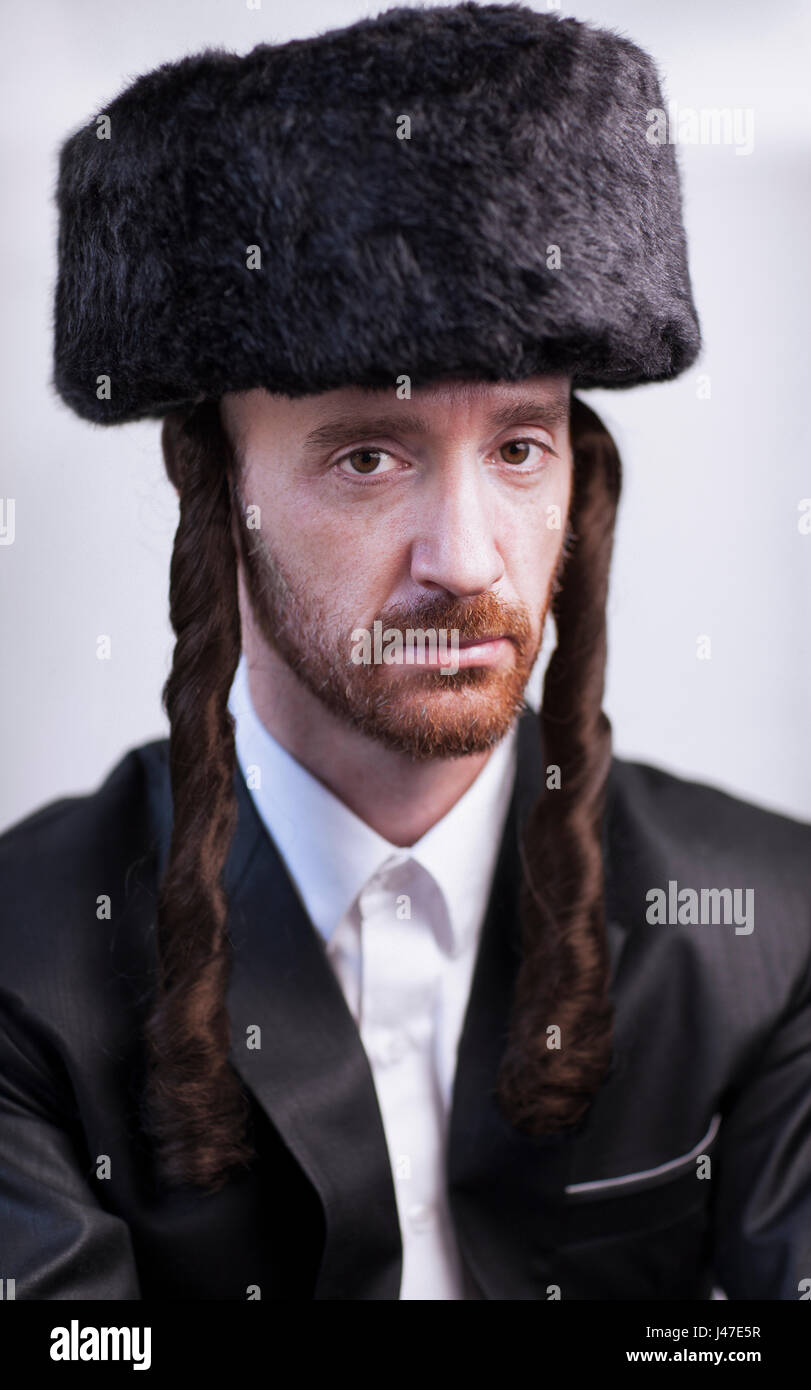Table Of Content

The impact of the illness itself, which requires major rehabilitation of anyone who has been placed on a ventilator, is compounded by limited access to outpatient healthcare and an economic devastation that has cost millions of Americans their jobs. Rabbi Muskin found the predicament altogether encouraging of a community leadership body, transcending neighborhood boundaries, with priorities aligned. Those calls surged in the weeks after Purim and did not drop until after Passover.
More about wigs and other hair coverings
Payot is usually seen in the Orthodox Jewish community, as they follow traditional rules more closely than Reformed Jewish people. According to Jewish tradition, men are forbidden from rounding the corners of their heads. Many people have interpreted this to mean that haircutting should be restricted.
OU Programs
Apart from Rabbi Pinto, several prominent Orthodox shuls in Pico-Robertson jointly decided to stay closed that Shabbat. Some Jewish men who usually do shave nonetheless allow their facial hair to grow during periods of mourning. This is traditionally done for 30 days following the death of a close relative.
Covering the Head as a Spiritual Statement

You must credit the Forward, retain our pixel and preserve our canonical link in Google search. See our full guidelines for more information, and this guide for detail about canonical URLs. In this age of misinformation, our work is needed like never before. We report on the news that matters most to American Jews, driven by truth, not ideology. Nor does an accounting of the deceased reveal the difficulties that survivors of the disease will face in the time ahead. While Hatzolah was so busy at the height of the pandemic that shifts could begin at five in the morning and last until midnight, it appears that the majority of LA’s Orthodox Covid-19 patients are now healthy or recovering.
Understanding Hasidic Jewish gender roles
“I am a Jewish woman myself, and I had the same questions about femininity and Judaism, and a woman’s place in a Jewish world,” Ms. Pulwer said. Eager to learn, she approached a group outside 770 Eastern Parkway, unaware it was the world headquarters of the movement, and was surprised to find herself welcomed in as an observer. "One has to be exceedingly careful not to remove his Peyoteven with a scissors because they are like a razor; thereforethe accepted custom has been to leave long peyot on children when they have their first haircut."
He is the author of six books including The Taryag Companion and The God Book. For more Q&A, follow his new video series, Ask Rabbi Jack, on YouTube. The community’s current state of health does not preclude another spike in cases later on. Until a vaccine or antibody test is developed, reopening Jewish institutions will risk whatever success the community has experienced to date.
Ex-Hasidic Woman Marks Five Years Since She Shaved Her Head - Forward
Ex-Hasidic Woman Marks Five Years Since She Shaved Her Head.
Posted: Thu, 07 Nov 2013 08:00:00 GMT [source]
In the case of women, too, there is, in addition to a general requirement of modesty of dress, a specific one concerning covering the head. This is an ancient law, already hinted at in the Torah, that has been observed among Jews all through the ages. In some communities, even unmarried women have been known to keep their hair covered, though this custom never became widespread. The law is not related to that requiring men to cover their heads, and it is even more stringent. The fact that a married woman covers her hair whenever she leaves the house is a sign of her special status.The form in which this practice is observed varies from one community to another. In some countries, pious women go so far as to braid their hair in addition to covering it.
Everything You Always Wanted to Know about Jews
They tend to have more children — 4.1 on average for Orthodox Jews between the ages of compared to 1.7 for all Jews in that age range. According to Pew, 83 percent of Jews under 30 who were raised Orthodox are still Orthodox. While many Orthodox men refrain from cutting their facial hair altogether, others will use scissors to trim their beards and mustaches for hygienic reasons.

Personal life
Johnson was wearing his usual headgear and covering, but the referee said it was not in compliance with state rules. Johnson was given 90 seconds to decide whether he would allow his hair to be cut or to forfeit the match. In Judaism, Orthodox women cover their hair beginning when they get married. How women cover their hair is a different story, and understanding the semantics of covering the hair versus covering the head is also an important aspect of the halakha (law) of covering. Today, Orthodox Judaism encompasses a vast terrain of religious outlook and practice. Some 62 percent of American Orthodox Jews identify as ultra-Orthodox (haredi), a group whose adherents are typically marked by their distinctive black hats (for men) and scrupulously modest attire (for women).
But in most areas of Eastern Europe and the Middle East it was considered sufficient to cover the greater part of the hair, and this in fact is all that halacha requires. In any case, there is no doubt that some covering of the hair, however symbolic, is called for. The rabbis understood from this passage from the Torah, then, that head or hair covering was a law for the "daughters of Israel" (Sifrei Bamidbar 11) direct from God. Unlike other religions, including Islam that have girls cover their hair before marriage, the rabbis gathered that the significance of this sotah portion means that hair and head covering only applied to married women. In the deeply pious Hassidic communities that emerged in Eastern Europe during the 18th century, it was even common for women to cut off all their hair after their wedding and wear a headscarf, called the tichel.
If you’ve ever come across an orthodox Jewish man, you may have noticed that he has curls hanging down the sides of his head. It is only in the last generations that women have achieved such equality in Western society. More than 70 years ago, basically anywhere in the world, women would have been in the home cooking, cleaning etc rather than working outside the home. These types of gender roles (which are generally still widely practiced in many parts of the world) would have been seen as totally normal.
The rabbis of the Talmud considered beards attractive — referring to them as hadrat panim, the splendor of one’s face. According to a passage in the tractate Bava Metzia, the Talmudic sage Rabbi Yochanan was considered a beautiful man, yet he was not included on a list of rabbis whose beauty reflects that of the biblical patriarchs (Abraham, Isaac and Jacob). The reason, the Talmud offers, is that Rabbi Yochanan did not have a beard. Some Jewish men, particularly Hasidic ones, refrain even from trimming their beards. Although there is no prohibition on trimming one’s beard with scissors, those who avoid it seek to avoid even approaching violating the Torah prohibition on shaving. This practice is influenced by Kabbalistic (Jewish mystical) traditions, which regard the beard as holy.
Most of the rules regarding Jewish men’s hair focus on its removal. Much of the Ultra-Orthodox culture and rules seem unusual in today's Western society. Become a Superfan by following us on your favorite social channels and like, comment, share our content to help Jew in the City reach more people.
But before the barber takes his scissors out, family, friends and rabbis take turns snipping. The first cut is at the spot where tefillin will be placed at Bar Mitzvah, some say. And a wonderful way to tangle custom with mitzvah is to donate long locks to Locks of Love, an organization that makes wigs for children with alopecia areata, an incurable disease that causes hair loss. These Ultra-Orthodox customs mainly pertain to keeping the hair covered.
While many interpret the rules as a total ban on hair cutting, others think razors specifically are what you are supposed to avoid. Ultra-Orthodox Hasidic Jews have unique ways in which they wear their hair. First it will explain about women, and then it will explain about men. Now, this last point might seem counterproductive if you clicked on that first link, where you’ll see that, according to the Sefer HaChinuch, the purpose of payes is to distinguish us from our neighbors. The reality is that sometimes our styles align with what’s popular in the society around us, while other times they conflict. For example, hemlines go up and down; sometimes they align with our halachic practices and other times they don’t.

No comments:
Post a Comment